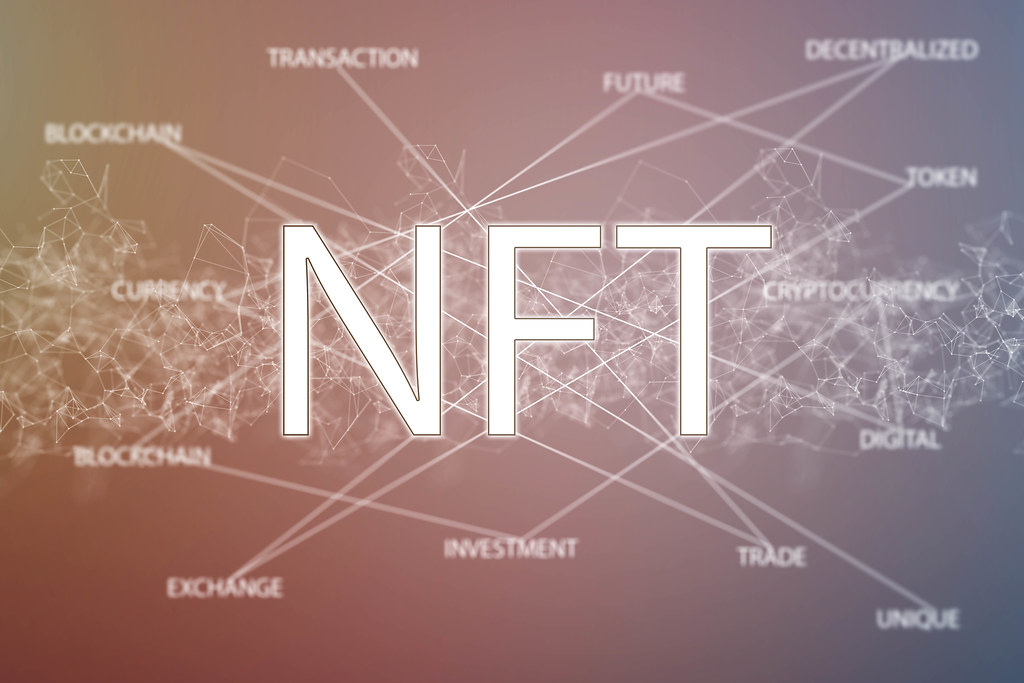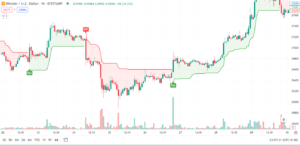NFTs The Ultimate Guide – If you’ve been keeping up with the latest trends in the tech and finance world, you’ve probably heard of NFTs. Non-fungible tokens have been making headlines, from the $69 million sale of a digital artwork by Beeple to the NBA’s release of collectible moments called Top Shot. But what exactly are NFTs and why are they suddenly so popular? In this comprehensive guide, we’ll explore everything you need to know about NFTs, from their definition and history to their impact on the art world, gaming industry, and beyond.
NFTs The Ultimate Guide / NFTs The Ultimate Guide / NFTs The Ultimate Guide
Table of Contents
- What are NFTs?
- How do NFTs work?
- The history of NFTs
- NFTs in the art world
- NFTs in the gaming industry
- NFTs and the environment
- NFTs and copyright law
- Pros and cons of NFTs
- Future of NFTs
- How to create and sell NFTs
- Risks of buying and investing in NFTs
- Top NFT marketplaces
- NFTs and the music industry
- NFTs and virtual real estate
- Conclusion
What are NFTs?
NFTs, or non-fungible tokens, are a type of digital asset that represents ownership or proof of authenticity of a unique item or piece of content, such as digital art, music, video games, or virtual real estate. Unlike fungible assets such as cryptocurrencies, NFTs cannot be exchanged for an equivalent value or divided into smaller units. Each NFT is one-of-a-kind and cannot be replicated or duplicated.
How do NFTs work?
NFTs are created using blockchain technology, the same decentralized system that powers cryptocurrencies like Bitcoin and Ethereum. When an artist or creator wants to mint an NFT, they upload their work to a blockchain platform, which then creates a unique token that represents that specific work. The token is then recorded on the blockchain, which serves as a public ledger that tracks the ownership and transaction history of the NFT. When an NFT is sold or transferred, the transaction is recorded on the blockchain and the ownership of the NFT is transferred to the new owner.
The history of NFTs
The concept of NFTs dates back to the early days of blockchain technology, but it wasn’t until the launch of the Ethereum blockchain in 2015 that NFTs became a reality. The first NFT standard, ERC-721, was introduced in 2017, allowing developers to create and trade non-fungible tokens. Since then, the popularity of NFTs has grown exponentially, fueled by high-profile sales and celebrity endorsements.
NFTs in the art world
One of the most prominent use cases for NFTs is in the art world. NFTs have created a new market for digital art, allowing artists to monetize their work in a way that was not possible before. NFTs also provide a way for artists to authenticate their work and track its ownership and provenance. Some artists have even created entire collections of NFTs, selling them for millions of dollars at auction.
NFTs in the gaming industry
Another industry that has been transformed by NFTs is the gaming industry. NFTs provide a way for gamers to buy and sell in-game items and assets, creating a new economy within the gaming world. NFTs also allow game developers to create unique and rare items that can be traded and collected, adding a new level of excitement and value to gaming experiences.
NFTs and the environment
While NFTs have been praised for their ability to provide appraisal and monetization for digital creators, they have also faced criticism for their impact on the environment. The process of minting and trading NFTs requires a significant amount of energy and computing power, contributing to the carbon footprint of the blockchain industry. Some artists and activists have called for more sustainable alternatives to NFTs, such as using blockchain technology for carbon offsetting or creating eco-friendly NFT marketplaces.
NFTs and copyright law
The use of NFTs has also raised questions about copyright law and intellectual property rights. While NFTs can provide proof of ownership and authenticity for digital works, they do not necessarily confer any exclusive rights to the owner. Copyright law still applies to NFTs, and creators must ensure that they have the proper permissions and licenses before creating and selling NFTs of copyrighted works.
Pros and cons of NFTs
Like any emerging technology, NFTs have their pros and cons. On the one hand, NFTs provide a new way for digital creators to monetize their work and for collectors to invest in unique and rare assets. NFTs also have the potential to democratize access to the art world and create new opportunities for underrepresented artists. On the other hand, NFTs are not without their risks, including high volatility and the potential for scams and fraud. Additionally, the environmental impact of NFTs and the potential for copyright infringement are important considerations.
Future of NFTs
Despite the challenges and controversies surrounding NFTs, it’s clear that they are here to stay. As the technology continues to evolve and mature, we can expect to see new use cases and applications for NFTs in a variety of industries. Some experts predict that NFTs could even revolutionize the way we think about ownership and value in the digital world.
How to create and sell NFTs
If you’re interested in creating and selling NFTs, there are a few things you should know. First, you’ll need to choose a blockchain platform and NFT marketplace that suits your needs. Popular platforms include Ethereum, Binance Smart Chain, and Flow. Once you’ve chosen a platform, you can create your NFT by uploading your digital work and minting a token. Finally, you can list your NFT for sale on a marketplace, where potential buyers can bid on or purchase it.
Risks of buying and investing in NFTs
While buying and investing in NFTs can be exciting and potentially lucrative, it’s important to be aware of the risks. NFTs are still a relatively new and volatile asset class, and their value can fluctuate wildly. Additionally, there is the potential for scams and fraud, so it’s important to do your research and only buy NFTs from reputable sellers and marketplaces.
Top NFT marketplaces
If you’re looking to buy or sell NFTs, there are a number of marketplaces to choose from. Some of the most popular include OpenSea, SuperRare, and Nifty Gateway. Each marketplace has its own unique features and benefits, so it’s worth exploring several to find the one that’s right for you.
NFTs and the music industry
The music industry is another area where NFTs are starting to make an impact. NFTs provide a way for musicians to sell unique and rare experiences to their fans, such as exclusive access to concerts, backstage passes, or virtual meet-and-greets. NFTs also allow musicians to monetize their back catalogs and rare recordings in a way that was not possible before.
NFTs and virtual real estate
Finally, NFTs are also being used in the world of virtual real estate, particularly in online gaming and metaverse platforms. Virtual real estate refers to digital plots of land within virtual worlds and games, which can be bought and sold using NFTs. This has created a new market for developers and gamers alike, as virtual real estate can be used to create unique experiences, attract visitors, and generate revenue.
Conclusion
NFTs are a new and exciting technology that have the potential to revolutionize the way we think about ownership and value in the digital world. They provide a new way for digital creators to monetize their work, and for collectors to invest in unique and rare assets. However, NFTs are not without their risks and controversies, including the environmental impact of blockchain technology and the potential for copyright infringement. As with any emerging technology, it’s important to approach NFTs with caution and do your research before buying or investing.




